Before embarking on any leather sewing projects, we recommend that you do some tests beforehand to assess the power of your machine.
Unlike sewing fabric, there are no seam allowances to add to patterns. Don't rush when sewing leather by machine: once the leather is stitched, small holes will be visible when unsewing!
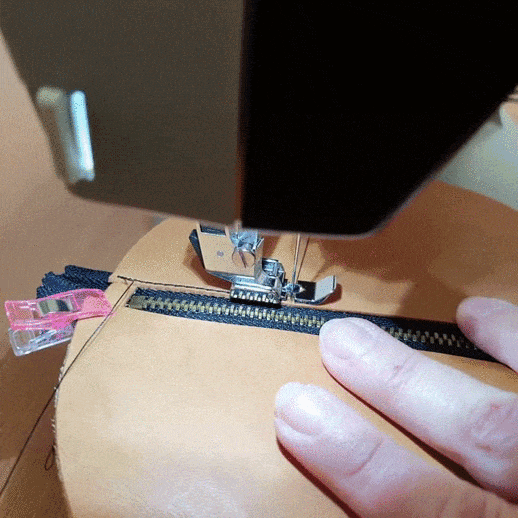
WHAT IS THE DIFFERENCE BETWEEN HAND STITCHING LEATHER AND MACHINE STITCHING?
SADDLESTITCH (HAND STITCHING):
The principle of the saddle stitch is to pass each of the two threads above and below the layers of leather. If one of the threads breaks, the seam does not come undone and can easily be repaired (e.g., second line).
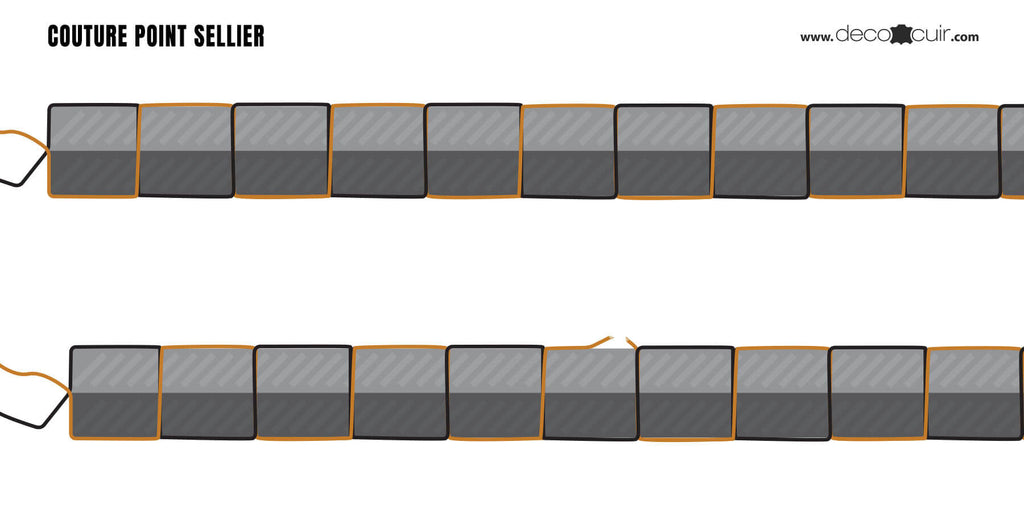
MACHINE SEWING:
As for machine stitching, the threads never cross both layers of leather. The stitching is therefore more fragile and easily and completely unravels if one of the threads breaks (e.g. second line)
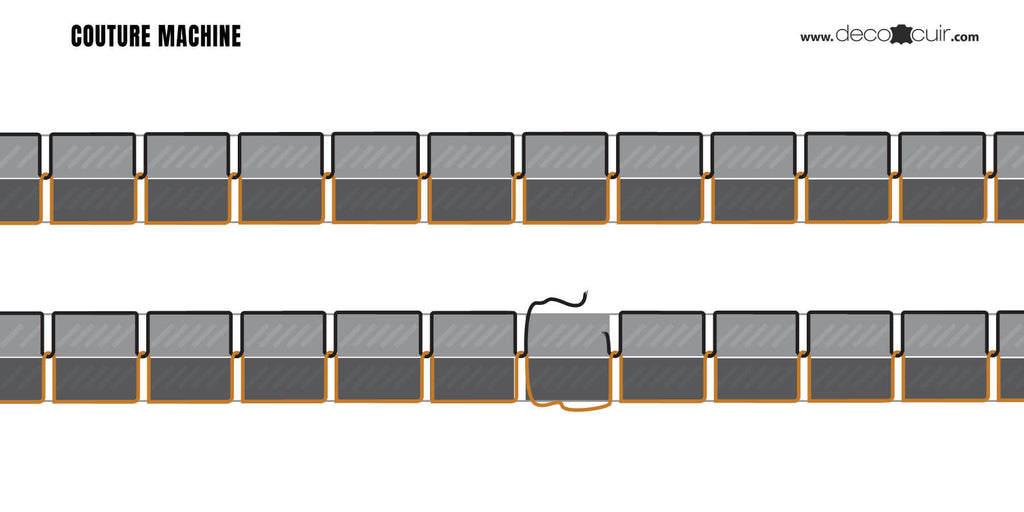
Saddle stitching is therefore more aesthetically pleasing and durable than machine stitching, but requires much more time and patience. Machine stitching is ideal for joints that will not be subjected to high tension.
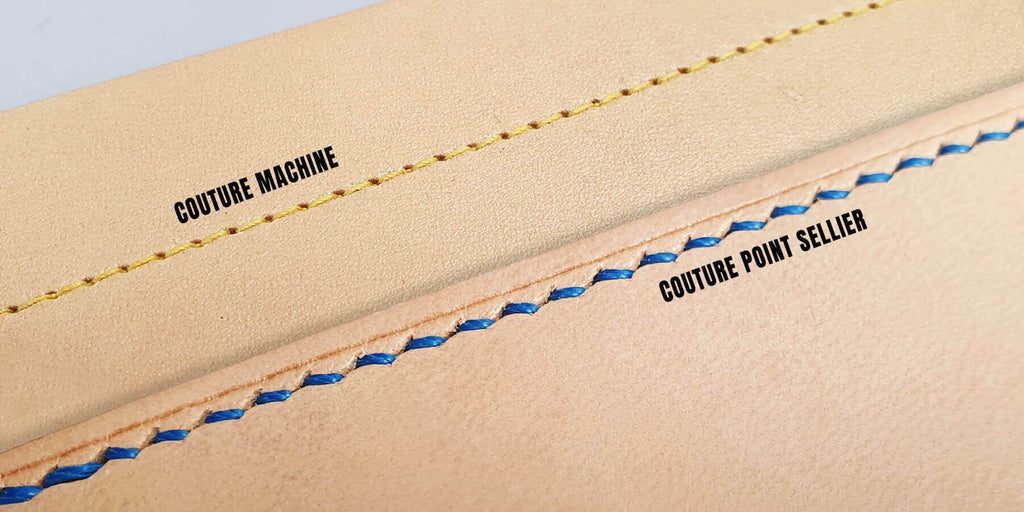

WHAT IS THE SEW-QUICK AWL?
The automatic awl , also called a quick seam, is a tool designed for people who are new to leatherwork: it allows you to quickly sew leather thanks to an automatic mechanism. Please note, it does not allow you to make a saddle stitch but a "machine" stitch. We do not recommend it if you want to have a solid and "traditional" leather seam.
HOW TO SEW LEATHER WITH A SEWING MACHINE?
Do you have a household sewing machine and want to start sewing leather? Here are some essential points to know before you get started:
-
Sewing machine: the ideal way to sew leather is to have a powerful machine with a double or even triple feed (to feed the leather more easily when sewing), otherwise you can add a double feed foot to your home machine. We do not recommend sewing leather with a low-cost home machine (e.g. Silvercrest).
Unfortunately, we cannot recommend a particular machine, it all depends on the use (private or professional). We are fans of the Toyota Power Fabric (we use it for all our tutorials) but it is unfortunately no longer for sale (perhaps on second-hand sites). Singer has released a special industrial leather sewing machine - reference 9900 (we have a partnership with them - see the article sheet below) . Many machines are compatible with sewing leather, but you must inquire directly with the sellers: PFAFF Ambition 610/620 - PFAFF Passport 3.0 - Veritas Power Stitch (for example) .
- Choosing the leather: if you don't have a professional machine specifically for sewing leather, you can't choose leather that's too thick (at the risk of damaging the grain of the leather and your machine).
We therefore advise you to select thin and supple leathers (0.8 to 1 mm - maximum 1.2 mm thick) – for example leathers from the Sweet 2, Granite or even Satinlys range.
- To determine the maximum thickness your machine can handle, we recommend testing it first. The thicker the leather, the more powerful your sewing machine motor will need to be. Remember to adjust your machine's tension properly.
- Stitch length: Set your machine to a long stitch (but not too long) to prevent the leather from tearing: a stitch length of 3 to 3.5 mm (short stitches are so close that in use they will tear the leather) .
- The spool of thread: choose polyester thread with a diameter of 0.35 to 0.50 mm (No. 40, No. 30 or No. 20) for leather goods and small leather goods.
-
Clip clamps: These are ideal for assembling and holding your leather pieces together while machine sewing or gluing. They're very practical and avoid having to pierce the leather with pins. Alternatives: double-sided adhesive tape or water-based glue.
Tip for the tape : make sure it is positioned in the seam allowance and not on the seam line (otherwise your needle may not appreciate it => it will "clog up").
- Teflon/non-stick presser foot: to more easily feed your piece of leather and obtain regular stitches (available for sale on our website).
- Which needle should I use for machine sewing leather? We recommend using special leather machine needles. These needles are made of hardened steel and are therefore very durable (the risk of breakage is lower). Sharp-point needle for stitching leather. Size (NM) 90 to 120.
HOW TO READ A NEEDLE PLATE?
Needle size is often referred to as NM or SIZE which both represent the diameter of the needle shank (SIZE is the diameter of the needle shank in the Singer and American system).
Metric Number (NM) is equal to needle shank diameter x 100
In the example below, the needles have a NM 110 and SIZE 18. The needle diameter is therefore 1.1 mm (110/100 = 1.1).

WHICH NEEDLE SHOULD I CHOOSE ACCORDING TO THE DIAMETER OF THE THREAD?
Here is a table (given for information purposes) to guide you.
| Wire diameter | NM Needle |
| Polyester thread no. 40 – Diameter 0.35 mm | 90 - 100 |
| Polyester thread no. 30 – Diameter 0.41 mm | 100 - 110 |
| Polyester thread no. 20 – Diameter 0.50 mm | 110 - 130 |
Thread size 40 is generally used for small leather goods or fine leathers (e.g. clothing). Thread size 30 is used for leather goods and thread size 20 is used for saddlery.

IN ADDITION TO OUR ARTICLE:
We invite you to read blogger Jane Emilie 's article "What materials do you need to sew bags?"
LEATHER TUTORIALS
WITH A MACHINE SEWING











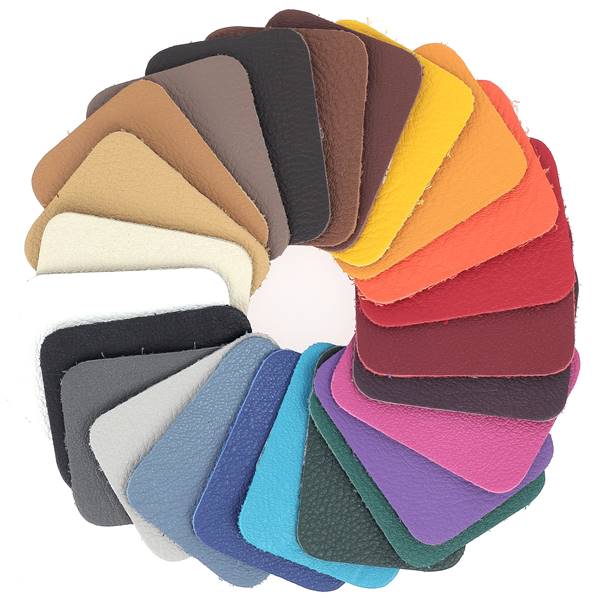


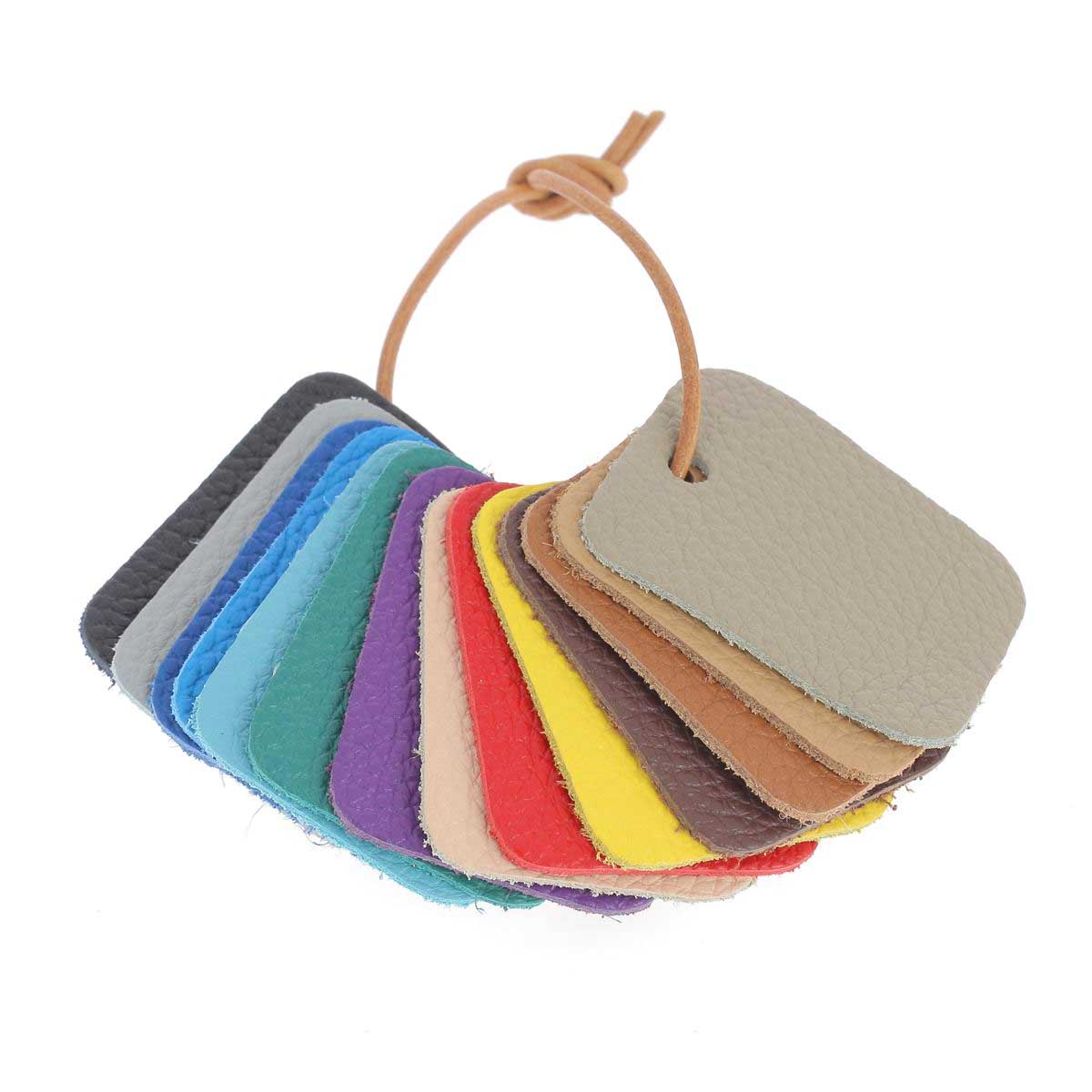
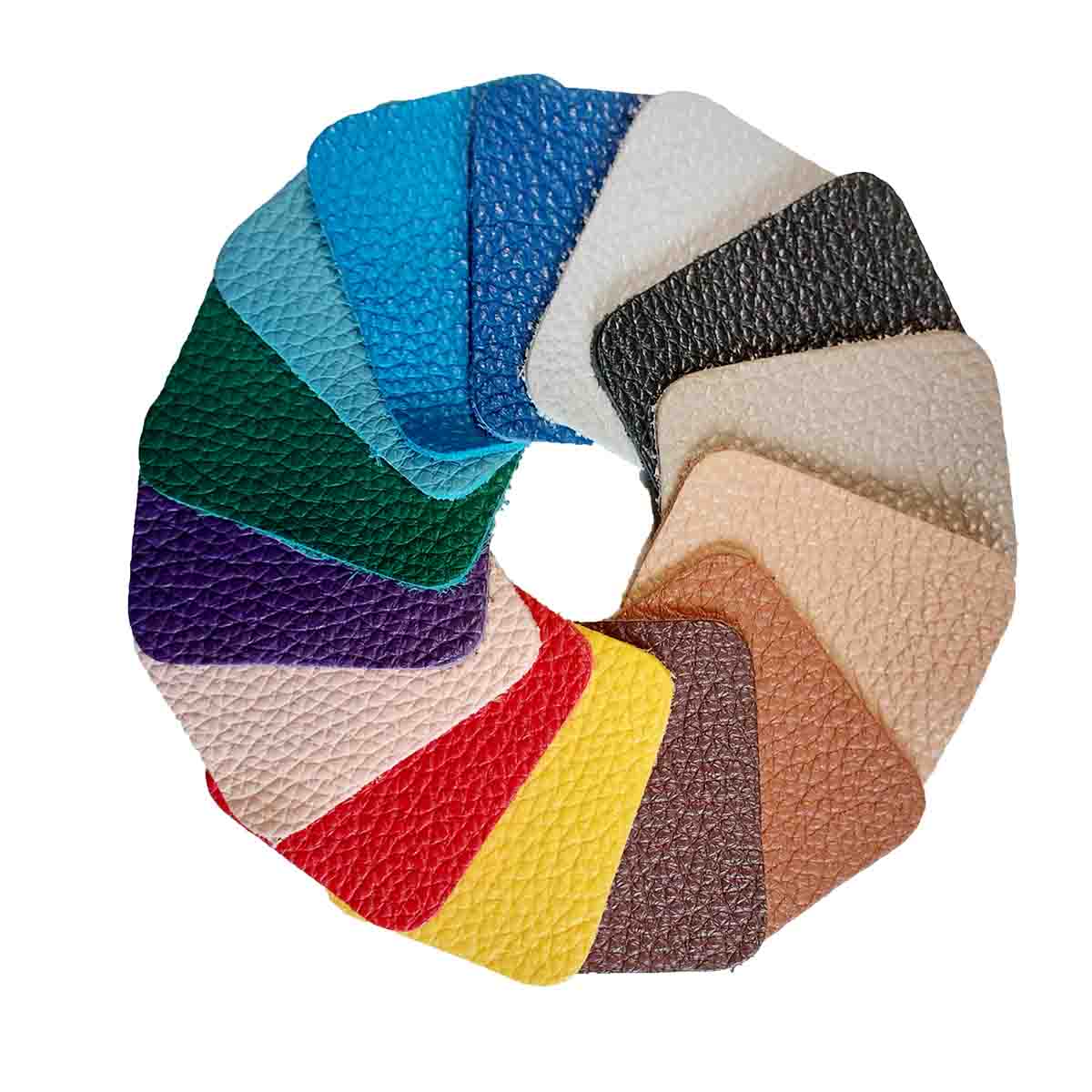
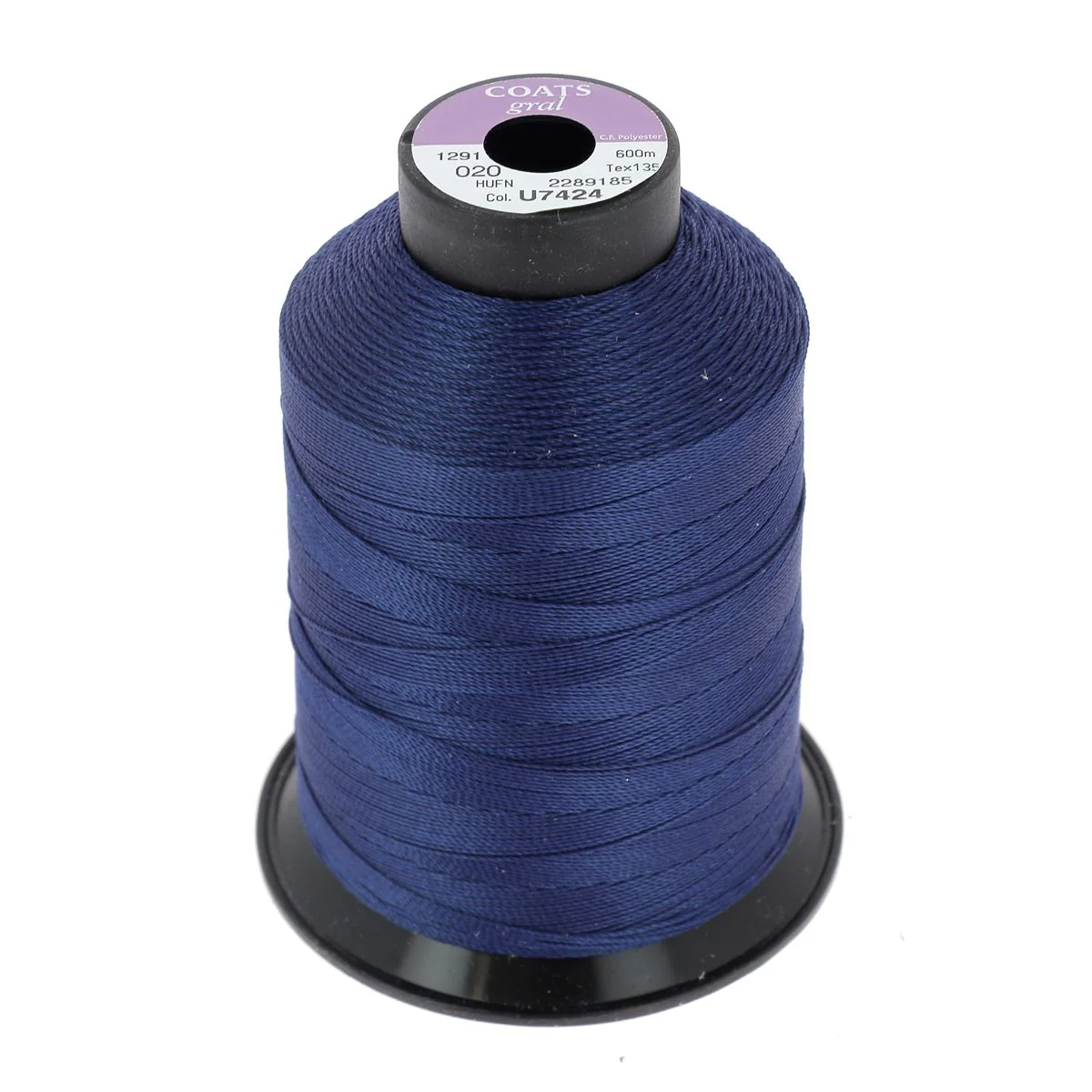

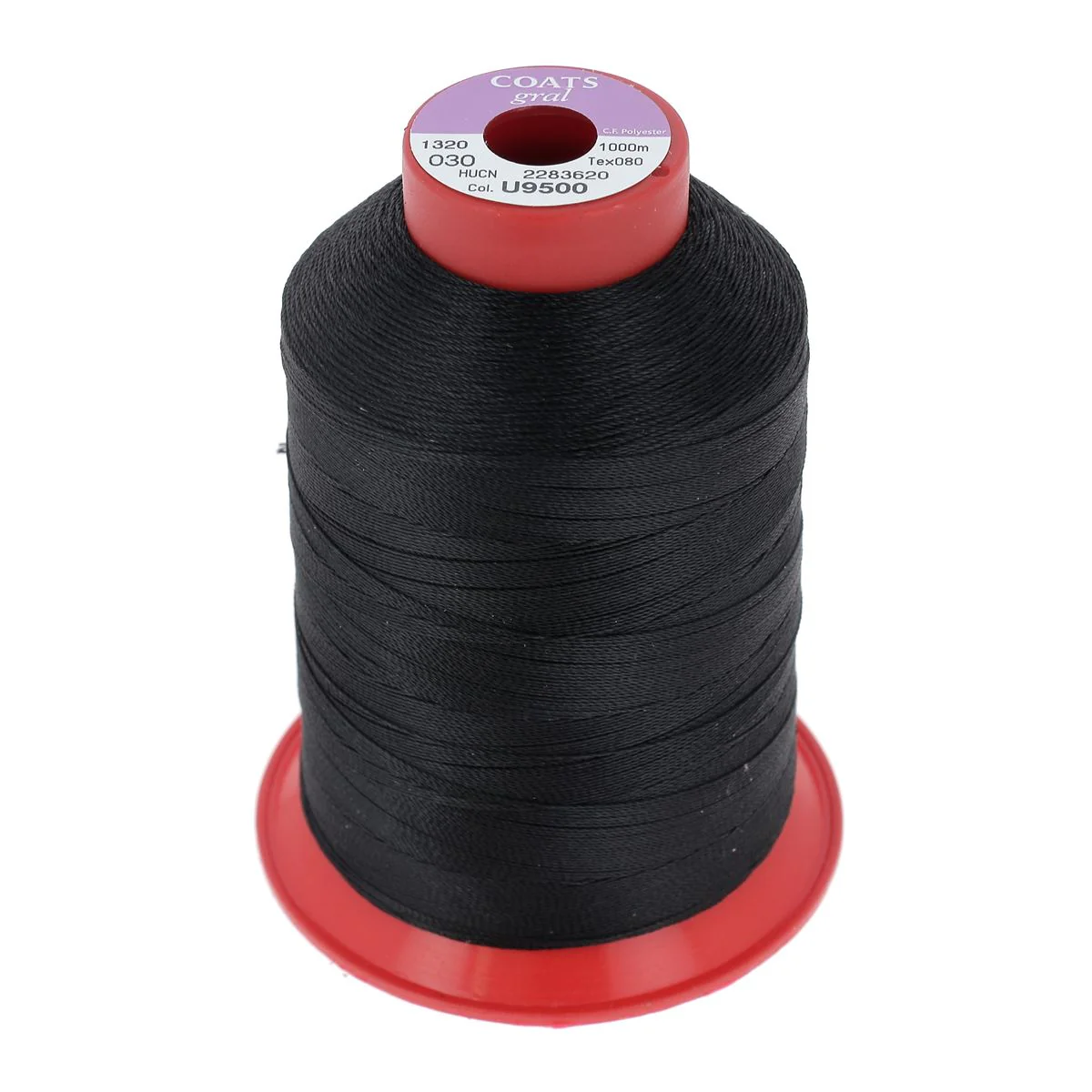











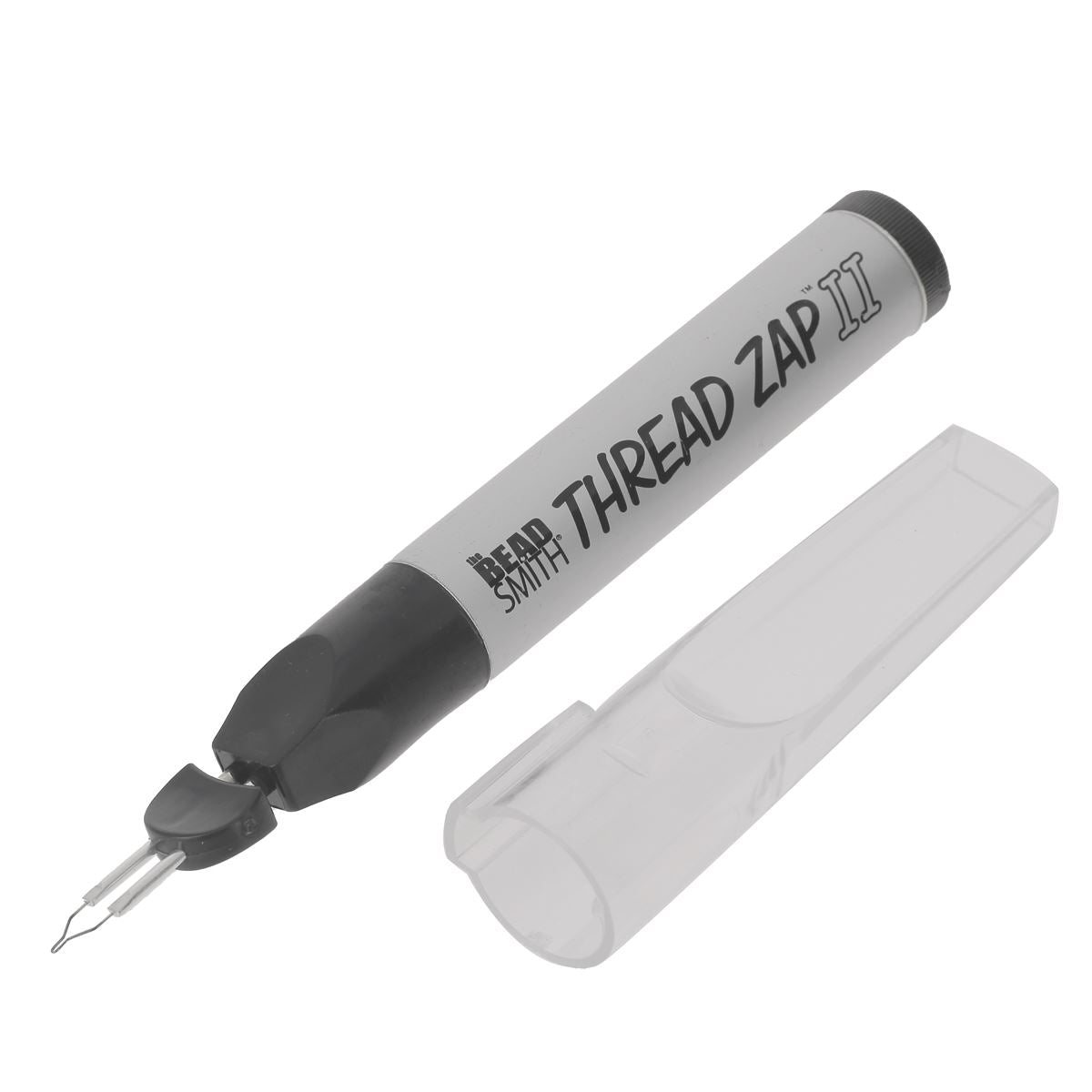



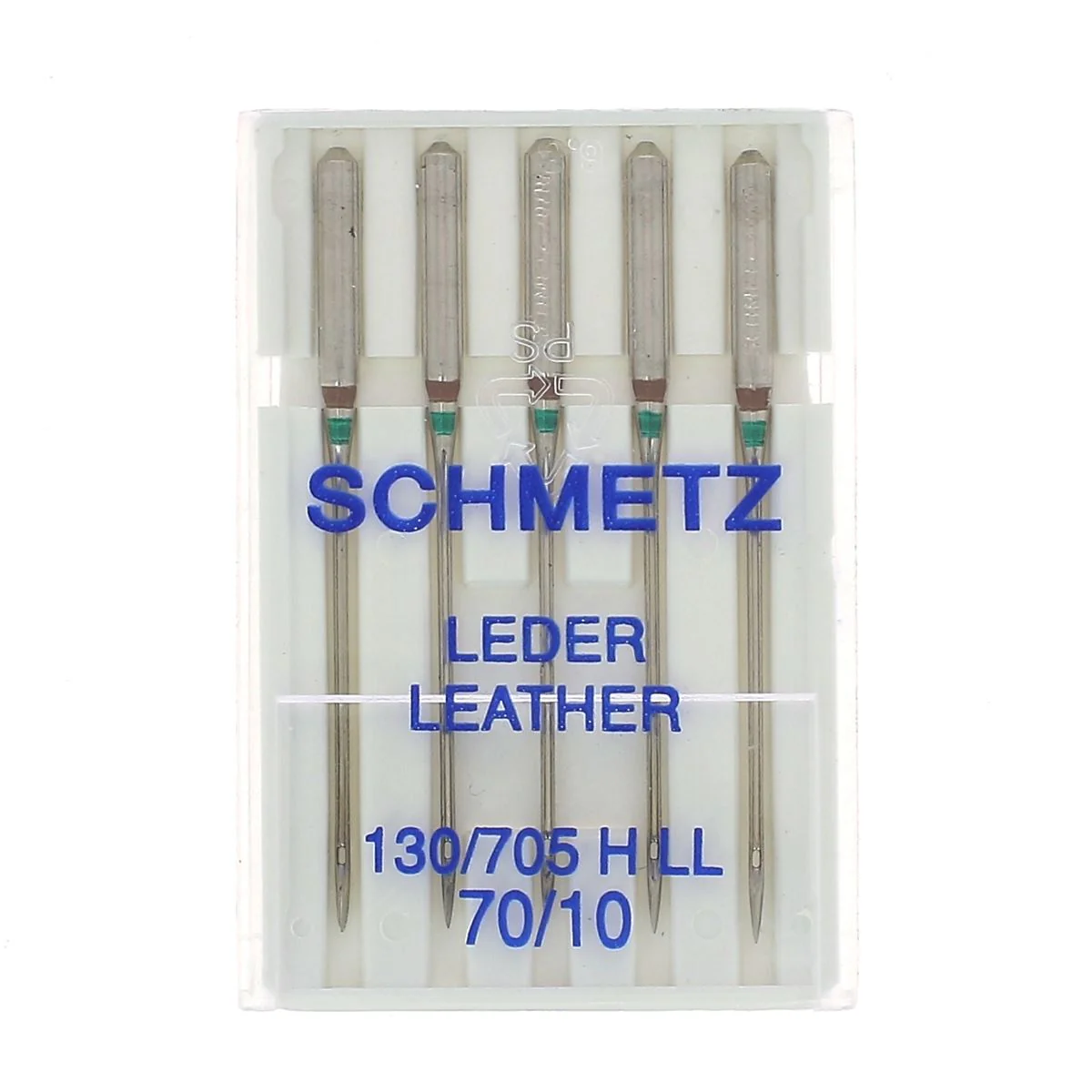
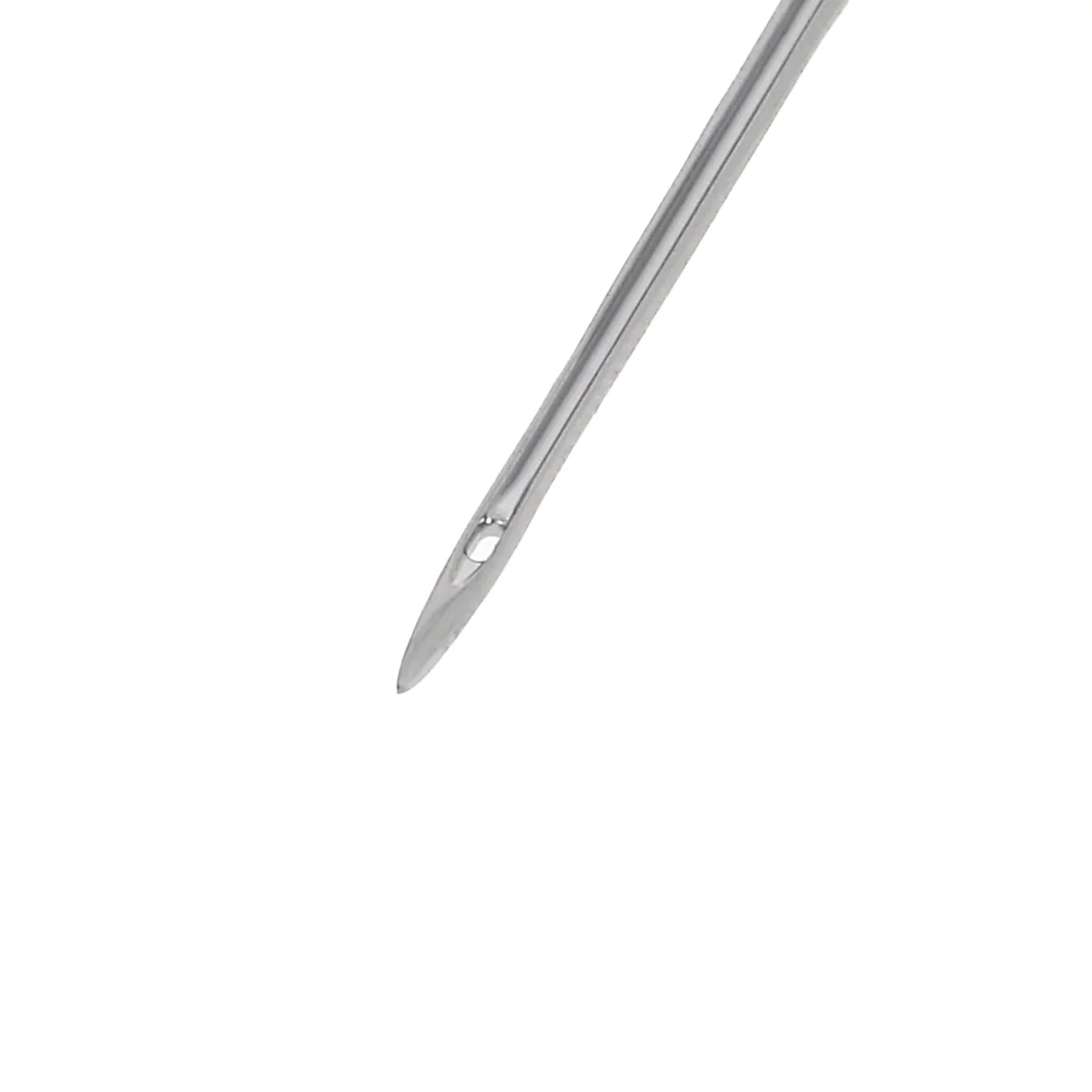




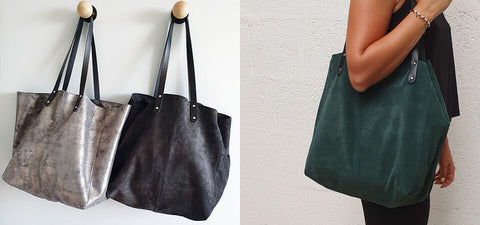
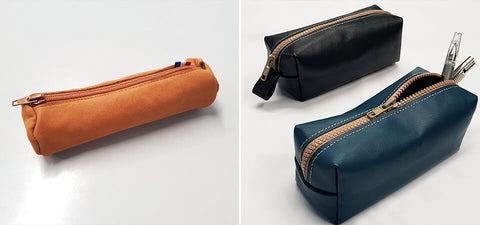
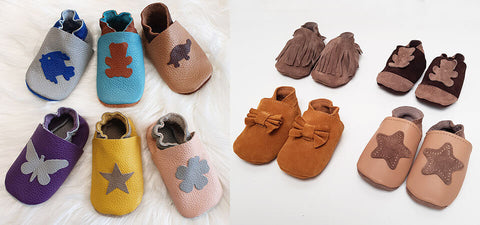
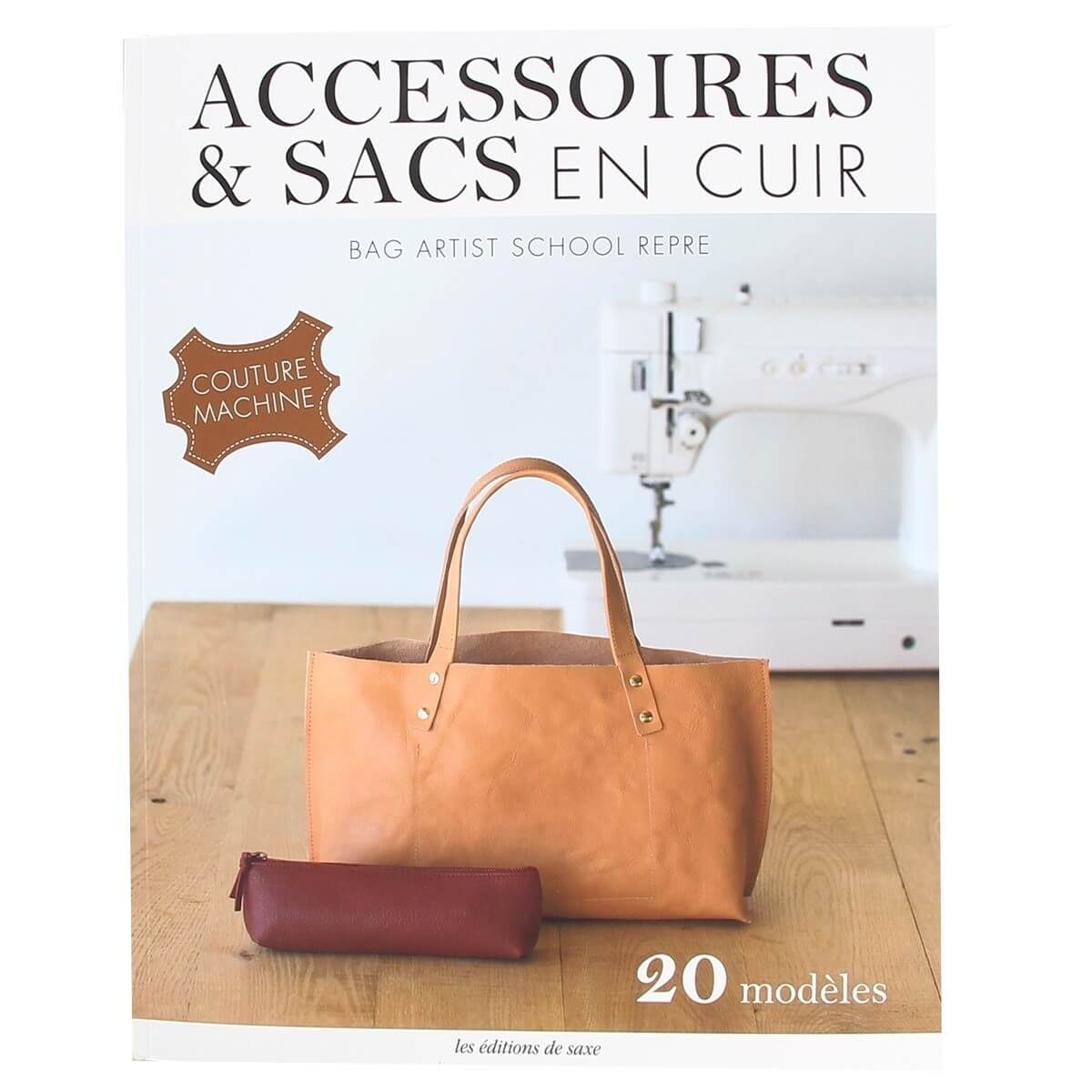



8 comments
Deco Cuir
Bonjour,
Pour la couture du cuir avec une machine familiale nous vous conseillons de choisir du fil polyester n°30 (notamment pour la couture d’un sac cabas) : https://www.decocuir.com/collections/fil-polyester-n30 Je vous conseille la marque GRAL. Ainsi que des aiguilles pour cuir n°90 ou 100 : https://www.decocuir.com/products/5-aiguilles-machine-a-coudre-assortiment-n80-n90-n100-schmetz
Bonne journée,
L’équipe Deco Cuir
Fabienne
Bonjour. J’ai une machine familiale janome magenta 43. Et je veux coudre un cabas, quel fil, cuir et aiguilles utilisés. Merci
DECO CUIR
Bonjour Cathy,
Pour une couture du cuir à la machine à coudre, nous vous conseillons d’utiliser un cuir fin et souple et du fil polyester : https://www.decocuir.com/products/bobine-fil-polyester-gral-n30-1000m-noir-u9500
Vous n’avez pas besoin d’huiler le cuir et les coutures.
Bonne création,
L’équipe Deco Cuir
Cathy LEROY
Bonjour,
Je souhaite faire un ours (brun) et un chiot (tricolore) en cuir (j’ai les patrons), couture traditionnelle : quel cuir et quel fil dois-je utiliser ? Dois-je huiler le cuir ? Les coutures ?
Merci d’avance pour vos réponses.
Cathy.
Anonymous
Bonjour,
Pour la confection d’un gilet en cuir d’époque nous vous conseillons un cuir d’agneau (l’idéal tannage végétal). Nous avons une gamme de basane (provenance d’une mégisserie française), n’hésitez pas à aller voir les peaux : https://www.decocuir.com/collections/peau-cuir-agneau-basane-france
Pour votre toutes nos peaux d’agneau c’est par ici : https://www.decocuir.com/collections/cuir-peau-entiere-agneau-basane
Bonne journée,
L’équipe Deco Cuir
Brühlmann
Bonjour je souhaite coudre un gilet d’époque Renaissance en cuir, quel type me conseillez-vous? Merci pour votre retour.
Anonymous
Bonjour Patrick,
Nous vous conseillons de sélectionner l’un de nos cuirs de sellerie automobile qui conviendra parfaitement à ce type de rénovation : https://www.decocuir.com/peau-cuir-automobile-anti-uv-humidite-protege-c102x2387898 Afin de savoir quelle dimension prendre, nous vous invitons à aller voir notre tableau sur la dimension des peaux de cuir : https://www.decocuir.com/cuir-creation-acheter-guide-c1200x66992
L’équipe Deco Cuir
Anonymous
Bonjour,
Je souhaite remplacer un soufflet de levier de vitesse et un soufflet de frein à main qui sont très fatigués par du cuir.
Quelle dimension et quelle qualité me conseillez-vous ?
Merci pour votre réponse.
Cordialement